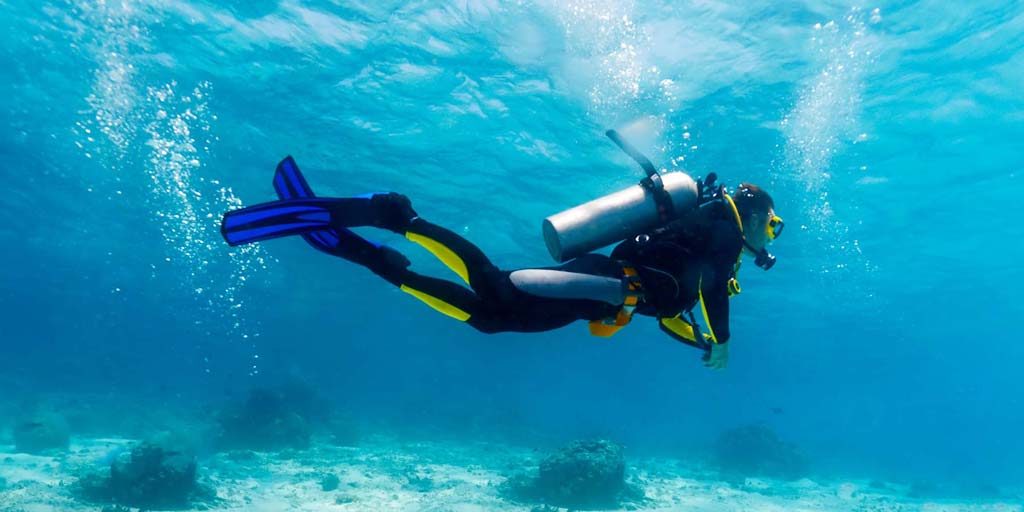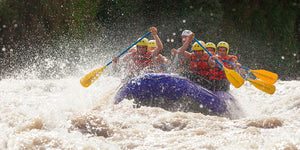- Home
- Shop709 Blog
- Tips for Mastering Neutral Buoyancy
Tips for Mastering Neutral Buoyancy

One of the most amazing aspects of scuba diving for the first time is the peaceful feeling of weightlessness as you float through the water. But it takes skill to master neutral buoyancy — especially if scuba diving is new to you. But don’t worry; we’ve got a few tips and tricks up our sleeves that will help you as you take on the challenge.
Choose the Right Weights
It’s common for rookie divers to add too much weight to their belts before they descend. You should only be weighted enough so that when you’re floating upright at the surface with your regulator in, one exhale brings you to eye level with the waterline. Add or remove weights until you get this effect. Make sure you log how many weights you used, what kind of wetsuit you were wearing and whether you were diving in salt or freshwater. Next time around, you should be able to gear up without as much time spent on your weights.
Adjust in Spurts
If you’re already at depth and you feel like you’re sinking, add a little bit air to your BCD. But here’s the important part: do not hold down the inflator button. This makes it way too easy to overinflate and lose control of your buoyancy. Instead, push the button down in quick spurts, stopping in between to check your buoyancy.
Rise and Fall
When you’re underwater, the easiest way to tell if you have neutral buoyancy is by resting upright and breathing in deeply. If you have neutral buoyancy, your body should rise with each inhale and sink with each exhale. This test is also a good way to check yourself after you’ve adjusted the air in your BCD.
Release Air as You Ascend
A common mistake of beginners is to inflate your BCD as you ascend. But remember what you learned in 7th-grade science class? Air expands as you rise — which means adding more air to your BCD as you ascend is going to cause overinflation. Instead, start your ascent by releasing a small amount of air from your BCD (again, in small spurts) and continue to do so as needed throughout your ascent.
Lastly, one of the best things you can do for your own diver experience is learning from the pros! Your dive instructor isn’t just there to lead you through the dive — they’re your best resource for learning to become a better diver. If you struggle to maintain buoyancy, ask them before the dive starts for some tips. This will also let them know to keep an eye on you throughout the dive and give you assistance as needed.






Comments 0